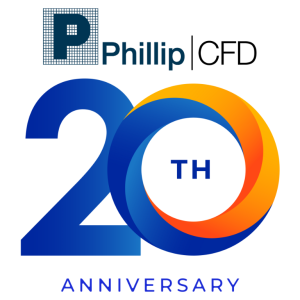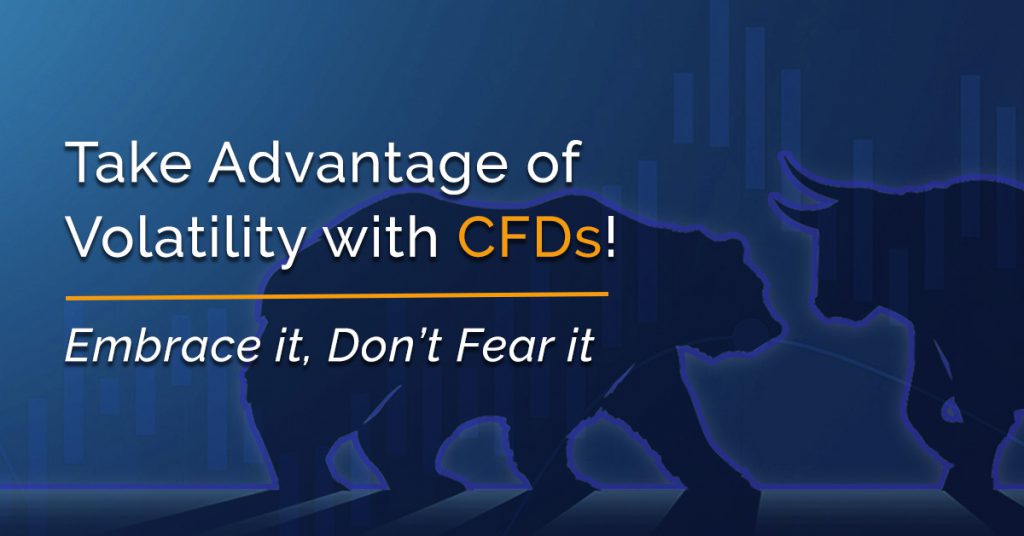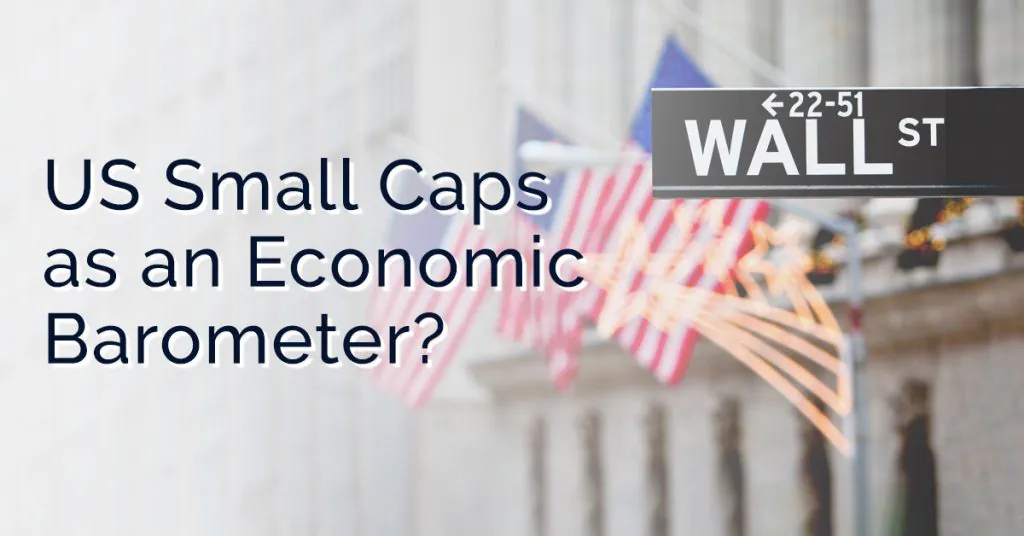Be in Control, Manage Your Own Portfolio!

Published On: 19 March 2021 | 12:00 PM
Athena Miao, Dealer
Athena graduated from the National University of Singapore with a Bachelor’s Degree in Economics. She is an ex-MOE teacher who decided to pursue her passion in finance and economics after years of service. Combining her working experience in UOB as a banker and current position as a dealer managing over 50,000 accounts in Phillip Securities, she firmly believes in making informed decisions to ride the tides of the market. In her free time, she enjoys reading The Economist to review the latest global outlook.
Sun Wanxin, Dealer
Sun Wanxin graduated from Singapore Management University with a Bachelor’s Degree in Business Management. As a member of the largest dealing team in Phillip Securities, she focuses on the Hong Kong market and analyses products from both a technical and fundamental perspective. She also researches in the Fintech industry during her free time.
The Paradox of Choice
In this modern era, investors are spoilt for choice. They are inundated by a plethora of financial instruments they can employ to grow their wealth. Financial products proliferating in the market range from low-risk government bonds and insurance endowment plans to riskier unit trusts, stocks, ETFs, REITS and derivatives. While this buffet of options caters to a whole spectrum of investors with all sorts of risk profile, it can also sow confusion and doubt: “Have I chosen the best products? Should I have chosen that instead of this?” The grass is always greener on the other side.

Those who are unsure of what to choose pay others to make the decisions for them. They turn to portfolio managers to manage their assets. What if we tell you that you can make your own portfolio allocations, provided you have a clear idea of your risk profile?
Don’t Put All Your Eggs into One Basket
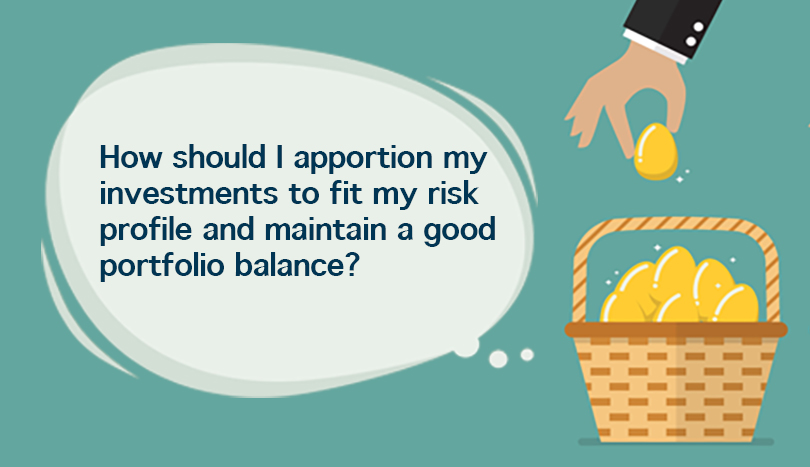
Because there is no one perfect fit for any investor, we encourage our clients to diversify and invest in multiple financial instruments, simultaneously. Traditionally, portfolios consist of a mix of higher-risk stocks and lower-risk bonds. However, as more and more investment products are launched in the market, this formula has given way to more customisation.
As a rule of thumb, a good portfolio should consist of at least one lower-risk investment before allocations to riskier ventures. This ensures that in the worst case, the foundation of your funds can tide you over the worst storms – or pandemics. A portfolio consisting of only low-risk investments will generate below-average returns and might even erode the real value of your money. A portfolio of only risky stocks is exposed to massive losses if markets implode. The next question is, “How should I apportion my investments to fit my risk profile and maintain a good portfolio balance?”
The 100-Minus-Your-Age Rule
Generally, as we age, we tend to become more risk-averse. We have a lot more to lose than our younger, more-carefree selves. We have more financial commitments. We might find it more difficult to secure our next job, should we be retrenched. We also have less runway to accumulate wealth. All these considerations force us to make less risky choices. Thus, one of the guidelines of investing is to allocate “100 minus your age” percent of your funds to riskier financial products. The remainder can go into lower-risk bonds or insurance products.
For example, if you are 35 this year, 65% (100 – 35) of your investments can be parked in stocks and riskier options. That said, this is not a hard-and-fast rule. Depending on your individual risk profile, 100 can be adjusted to 110 or even 120. This allows investors who can take on more risk to direct a larger proportion of their investments to riskier asset classes.
Low-Risk Portfolio Base
Insurance endowment plans provide investors with stable returns over a long horizon with very low risks. At PhillipCapital, we offer a comprehensive selection of insurance products from over 20 trusted partners to ensure that we have the best fit for you. For clients who already have coverage or do not want to commit to endowment plans, PhillipCapital offers the largest retail S$ money market fund. Money market funds give clients liquidity. Our money market fund is an open-ended mutual fund that invests in short-term and low-risk debt securities. The fund’s investment objective is to preserve capital while providing higher yields to clients. Many of our clients have been rewarded with attractive rates of return with no lock-in period. Not only are they able to withdraw and deposit their funds freely, this is a complementary service we offer to clients with no sales charges or administrative fees[1].
Further Enhancing Your Returns
After securing the base of your portfolio with lower-risk assets, you are ready to take on higher risks to enhance your returns. Clients are able to enjoy seamless trading of stocks and shares on Phillip’s award-winning POEMS 2.0 trading platform. Brokerage fees are low. You just need to open a Cash Plus account. For clients who wish to start with smaller capital, we offer contracts for differences (CFDs). These allow you to leverage up to 10 times your funds for investment in local and global stocks. CFDs cater to investors with higher risk appetite by lowering entry barriers and giving them access to potentially better returns. More experienced investors use CFDs to stretch their capital by using leverage.
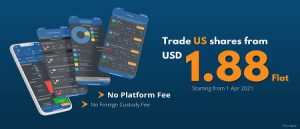

Why CFDs?
PhillipCapital is the largest CFD Provider locally with the biggest number of contracts available for shorting. Its experience and expertise in CFDs ensure that clients receive good trading support.
CFDs are derivative products built on underlying assets. Investors may use CFDs to trade almost any product. At Phillip Securities, you can trade CFDs in equities, world indices, commodities and currencies.
As CFD is a leveraged product traded on margin, investors only need to put up a fraction of the contract value to gain exposure to the underlying assets. However, a note of caution. While CFDs can amplify your returns, they can also magnify your losses. To better understand how CFDs augment returns and losses, here are two examples:
Hedging Strategy Using CFDs
You can trade long or short with ease using CFDs. This means you can take an opposing position using CFDs to hedge your stock portfolio when the market is volatile. Let’s take Alibaba (HK.9988) as an example.
These are examples of hedging one stock. If you have several stocks in your portfolio, there are two strategies you can use.
The first is straightforward and simple. Use CFDs to hedge each stock to reduce downside risks to your portfolio. However, if your portfolio includes many stocks, you may be better off using the second strategy.
The second strategy is to use Index or ETF CFDs to hedge your portfolio. For example, if you buy stocks which are mostly in the Hang Seng Index, you can short the Hang Seng Index or short the Hang Seng Index ETF instead of shorting CFDs for each stock.
The Role of CFDs in Portfolio Management
Portfolio management is important for every investor. How to maximise profits and how to minimise risks are the two dominating questions every investor faces. CFDs are one instrument you can deploy to either scale up your profits or lower your portfolio risks.
Trade on our award-wining suite of POEMS Platform. Open a CFD Account now!
References
[1] https://smart.poems.com.sg/smartpark/
More Articles
The Opportunities in China's New Economy
What are the opportunities that investors could look for in the China’s new economy? Read our latest article to find out more about the China market!
Take advantage of Volatility! Embrace it, Don't Fear it!
2020 has been an eventful year which has led to spikes in market volatility. Ride on the wave of volatility and learn how you can take advantage of the volatility by trading CFDs
US Small Caps as an Economic Barometer?
Did you know that US small-cap stocks are often perceived as a reliable economic barometer of US economic activity? Read this article to learn more!
Disclaimer
This material is provided to you for general information only and does not constitute a recommendation, an offer or solicitation to buy or sell the investment product mentioned. It does not have any regard to your specific investment objectives, financial situation or any of your particular needs. Accordingly, no warranty whatsoever is given and not liability whatsoever is accepted for any loss arising whether directly or indirectly as a result of your acting based on this information.
Investments are subject to investment risks. The risk of loss in leveraged trading can be substantial. You may sustain losses in excess of your initial funds and may be called upon to deposit additional margin funds at short notice. If the required funds are not provided within the prescribed time, your positions may be liquidated. The resulting deficits in your account are subject to penalty charges. The value of investments denominated in foreign currencies may diminish or increase due to changes in the rates of exchange. You should also be aware of the commissions and finance costs involved in trading leveraged products. This product may not be suitable for clients whose investment objective is preservation of capital and/or whose risk tolerance is low. Clients are advised to understand the nature and risks involved in margin trading.
You may wish to obtain advice from a qualified financial adviser, pursuant to a separate engagement, before making a commitment to purchase any of the investment products mentioned herein. In the event that you choose not to obtain advice from a qualified financial adviser, you should assess and consider whether the investment product is suitable for you before proceeding to invest and we do not offer any advice in this regard unless mandated to do so by way of a separate engagement. You are advised to read the trading account Terms & Conditions and Risk Disclosure Statement (available online at www.poems.com.sg) before trading in this product.
Any CFD offered is not approved or endorsed by the issuer or originator of the underlying securities and the issuer or originator is not privy to the CFD contract. This advertisement has not been reviewed by the Monetary Authority of Singapore (MAS).
